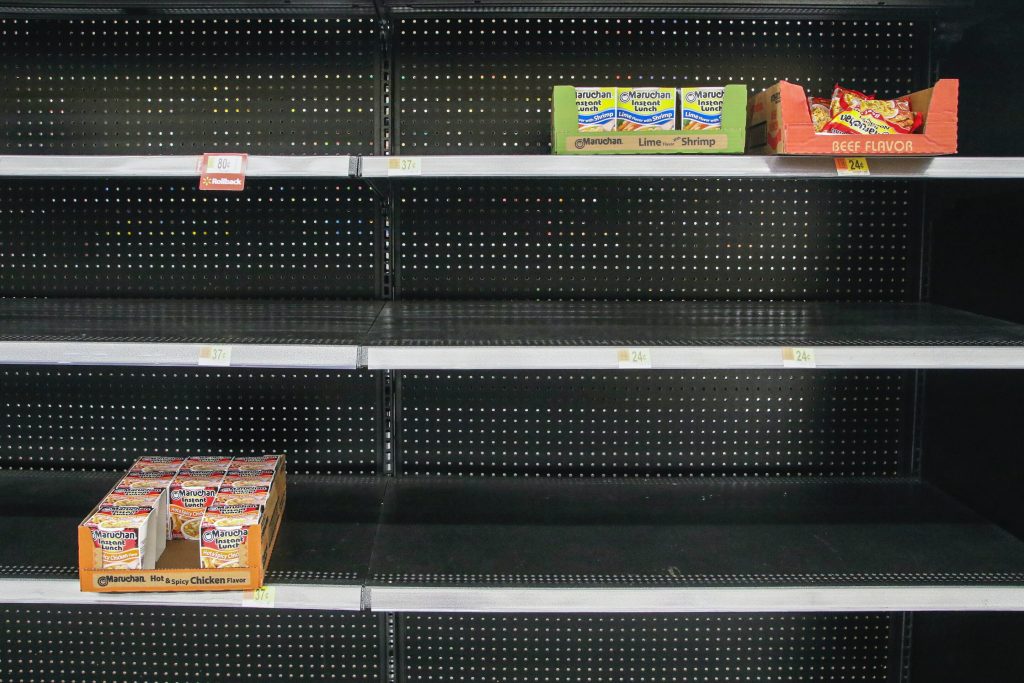Credit: Unsplash/CC0 Public Domain
The share of e-commerce retail sales in the United States has grown steadily over the last decade. This trend has been driven by retailers with traditional brick-and-mortar stores adopting online channels to connect to customers. In a new study, researchers explored the world of omnichannel retailing—the merging of in-store and online channels in which customers can select from a combination of online and physical channels to place and receive orders.
The study examined top U.S. retailers‘ use of omnichannel ship-from-store programs in which retailers use store inventory to deliver orders to homes instead of using a dedicated warehouse or fulfillment center. For the first time, the study incorporated the possibility of fulfillment attempts at stores to fail and identified how such retailers can adopt a policy that leads to significant savings when these effects are considered.
Conducted by researchers at Carnegie Mellon University (CMU) and Onera, Inc., the study is published in Manufacturing & Service Operations Management.
“The rising trend in e-commerce has been accelerated by the COVID-19 pandemic, with online sales jumping from 11.8 percent in the first quarter of 2020 to 16.1 percent in the second quarter,” says Sagnik Das, a former Ph.D. Candidate in Operations Research at CMU’s Tepper School of Business, who led the study. “In omnichannel fulfillment, retailers attempt to minimize costs while fulfilling orders within acceptable time periods.”
Das and his colleagues focused on single-item orders. Typically, online orders are sent to a favorable sequence of locations to be filled in order. Failed trials (i.e., when orders are not filled) are sent to stores later in the order for further attempts until the process reaches a time limit.
“The problem of multistage order fulfillment is an interplay of pick failure—that is, the likelihood that orders will not be filled due to unavailability—at the stores where they may be shipped from, walk-in demand at the stores, and associated shipping costs,” explains R. Ravi, Andris A. Zoltners Professor of Business, and of Operations Research and Computer Science, at CMU’s Tepper School of Business, who co-authored the study.
As stores become an integral part of retailers’ fulfillment strategy in omnichannel ship-from-store programs, the high rate of pick failures at stores becomes a considerable factor in fulfillment costs. While warehouses are built for efficiency in picking, packing, and shipping items, pick failures are much higher in physical stores that are not designed for these purposes for several reasons (e.g., customers moving inventory without tracking, delivery receiving and recording errors, issues with labeling, theft).
Researchers modeled the problem as one of sequencing the stores from which an attempt is made to pick based on anticipated pick failure and ship an order in the most cost-effective way over several stages. To identify the best solution to the fulfillment problem, they modeled pick-failure probabilities as a function of current inventory positions and the result of other online order fulfillment trials.
The study used data on actual orders from several top U.S. retailers that worked with an e-commerce solutions provider to optimize their fulfillment strategies. Researchers proposed three order fulfillment models: one in which physical and online demand were both sparse, another in which physical demand was dense, and another in which both demands were dense. They extended the third model to also incorporate order acceptance decisions along with sequencing the stores from where they are filled once accepted.
By enabling retailers to incorporate the probability of pick failure in their order management systems for ship-from-store programs, the study’s proposed online order-acceptance policies saved omnichannel retailers as much as 22 percent. Specifically, they identified the optimal sequence of stores to try the accepted orders to minimize costs; one of the policies also uses these downstream costs to determine when to shut off the online channel for selling certain items based on current inventory availability levels.
“Our study demonstrates that modeling pick failures along with their interaction with selecting and shipping costs is an important component in optimizing ship-from-store fulfillment costs for large retailers,” says Srinath Sridhar, Chief Technology Officer at Onera, Inc., who co-authored the study.
More information: Sagnik Das et al, Order Fulfillment Under Pick Failure in Omnichannel Ship-From-Store Programs, Manufacturing & Service Operations Management (2022). DOI: 10.1287/msom.2022.1164
Provided by Carnegie Mellon University
Citation: E-commerce retailers can save money by considering pick failures at stores (2023, January 17) retrieved 16 February 2023 from https://phys.org/news/2023-01-e-commerce-retailers-money-failures.html
This document is subject to copyright. Apart from any fair dealing for the purpose of private study or research, no part may be reproduced without the written permission. The content is provided for information purposes only.

